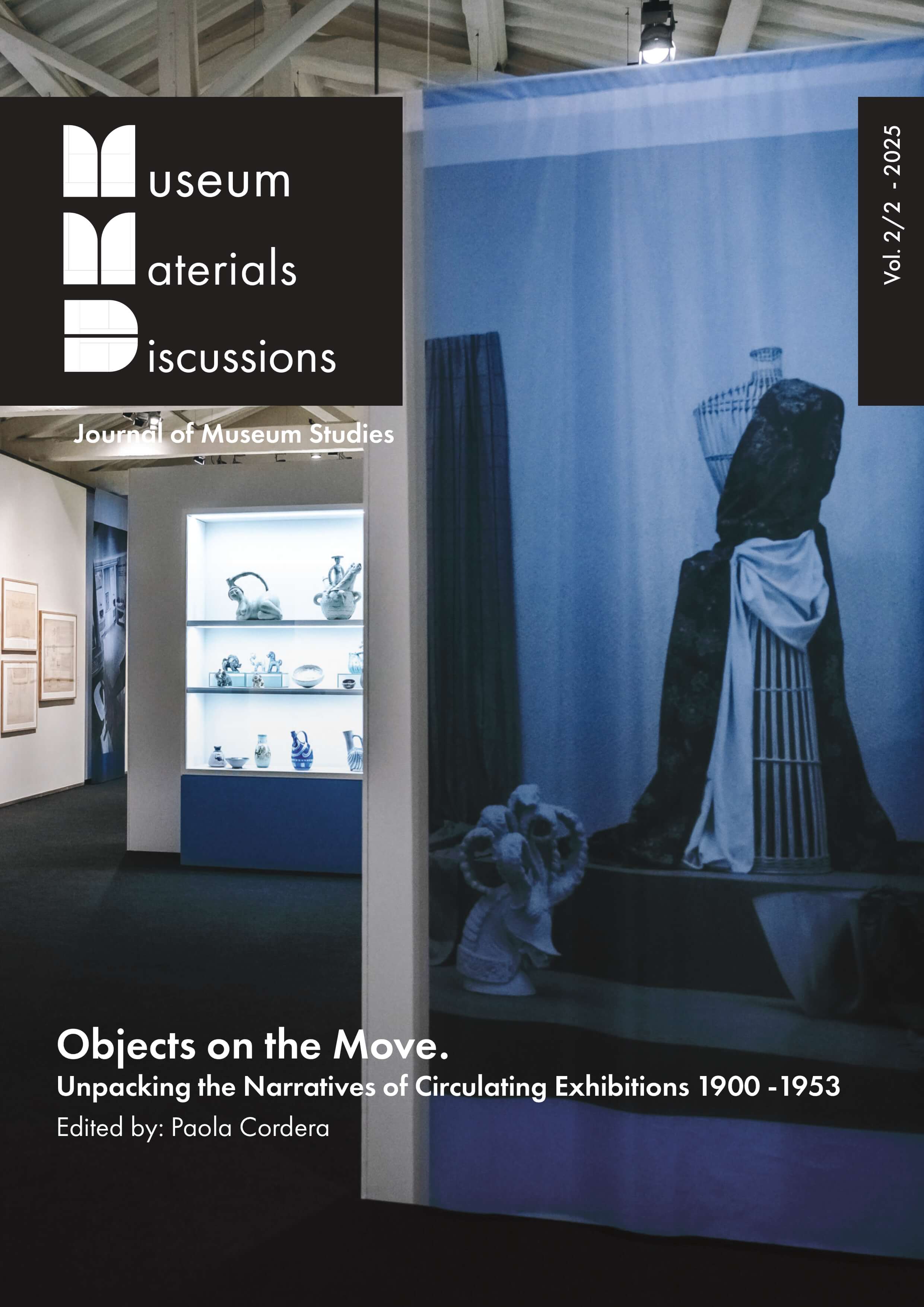The Evolution of Hungarian National(ist) Art Exhibitions in the 1920s
DOI:
https://doi.org/10.60923/issn.3034-9699/22953Keywords:
Hungary, Art Exhibitions, Nationalism in Art, Horthy, Cultural DiplomacyAbstract
This article focuses on the “Representative Exhibitions” organized under the aegis of the Hungarian government in the inter-war period, from the end of the First World War until 1930. It considers the underlying ideology and rhetoric of these exhibitions and how they both changed over time. In their fundamental organization the shows were quite similar and often contained the same art works, but how these exhibitions and their artifacts were introduced by the catalogue essay often changed over time. Immediately after the First World War in the aftermath of the Treaty of Trianon, the exhibitions were revanchist. As the decade progressed, they become more and more modernist and international. Ultimately, in the latter years of the decade, as with the 1927 Polish and 1928 German shows, they became catalysts for reintegrating Hungarian history into that of Western Europe.
Downloads
Published
How to Cite
Issue
Section
License
Copyright (c) 2025 Samuel Albert

This work is licensed under a Creative Commons Attribution 4.0 International License.





